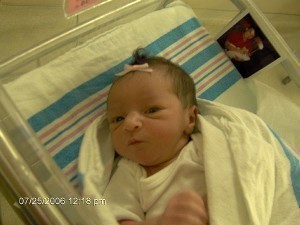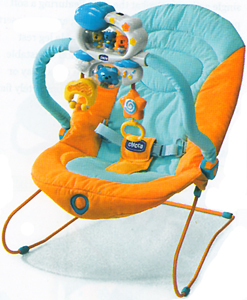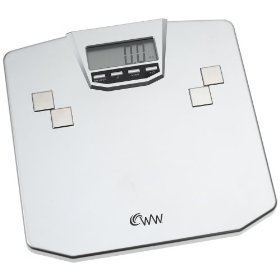How Big is a Newborn Baby?
Newborn babies are highly interesting because of their unique but beautiful features.  They usually have narrow shoulders and hips, slightly protruding abdominal region as well as relatively short arms and legs. They must be given extra care due to their sensitive body conditions. Some of their common care issues include umbilical cord, immunization and diaper rash. Additionally, it is also good to know the size of a newborn baby.
They usually have narrow shoulders and hips, slightly protruding abdominal region as well as relatively short arms and legs. They must be given extra care due to their sensitive body conditions. Some of their common care issues include umbilical cord, immunization and diaper rash. Additionally, it is also good to know the size of a newborn baby.
The Size of a Newborn Baby
How big is a newborn baby? The birth weight of full-term newborns is 7.05 pounds or 3.2 kilograms on the average. However, they usually weigh somewhere around 5.5 to 10 pounds or 2.7 to 4.6 kilograms. In terms of total body length, the average ranges from 14 to 20 inches or 35.6 to 50.8 centimeters. In most cases, premature neonates can even be smaller. The transition of a newborn from the uterus in the first minutes of life is measured using the Apgar score.
Additional Facts and Other Interesting Details
The reason why newborns cry is to communicate, which is considered as a basic instinct. This could mean different kinds of feelings such as loneliness, wanting something and even boredom. A simple cry may also indicate overstimulation, discomfort and hunger. Today, almost all infant health organizations recommend breastfeeding as a feeding method. In case it is not possible to breastfeed, bottle-feeding is always an option, where it is possible to use infant formula or expressed breast milk.
The sense of smell is usually developed at birth. During the first week of life, a newborn can differentiate between the breast milk of another female from that of the mother. In addition, distinguishing one particular taste from the other is also normal including sour, bitter, salty and sweet. The vision of newborns is not that good. However, they can easily notice complex patterns, sharp contrasting colors as well as shiny objects.
Newborn babies can feel different kinds of sensations. They usually respond to caressing, cuddling and soft stroking. Parents can calm down crying infants by doing warm baths and massages. They can comfort themselves by sucking pacifiers, or if there is none, their thumbs. Once they reach the age of 6 months to 3 years, they start to develop attachment behaviors. Some of the most common attachment styles are called anxious-avoidant, anxious-ambivalent and secure.
In case babies fail to develop attachment styles, it is possible for them to be suffering from serious disorders. Because they are unable to walk during their early years, they are usually held in baby carriers and slings. Furthermore, their parents use strollers and baby carriages to transport them. When aboard motor vehicles, parents are required to put them in child safety seats.





